How Your Dogs Sense Everything Around Them
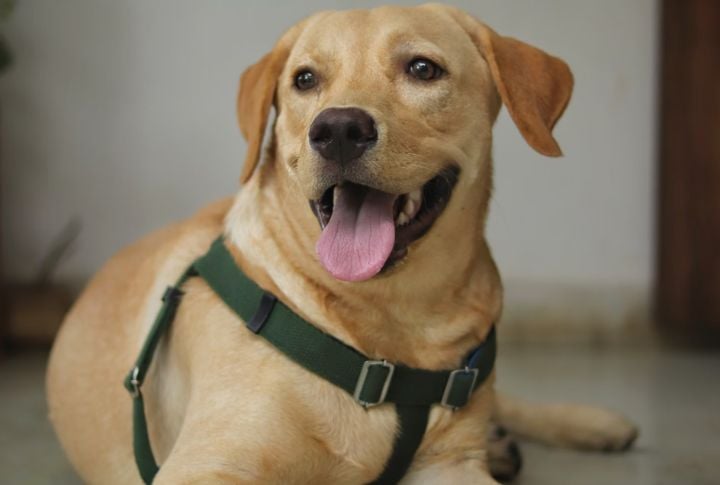
Dogs seem to know things, not in a spooky way, but in a “how did you even notice that?” kind of way. Their world is buzzing with details we’re completely missing (except for the last one). Once you find out how they sense everything, you’ll never look at your dog the same way again.
Dogs Can Literally Taste Water
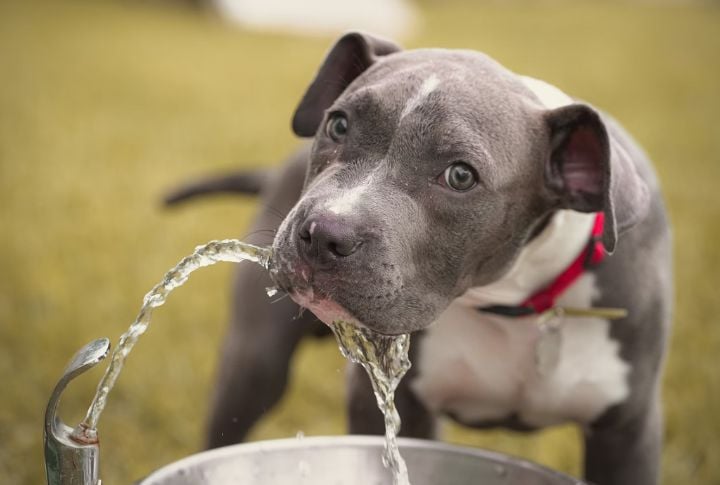
Dogs have around 1,700 taste buds—far fewer than our 9,000. However, they possess specialized receptors on the tip of their tongue that allow them to taste water, which become more sensitive after salty or sugary meals. Humans don’t have this ability at all.
They’re Smelling Stuff You Didn’t Even Know Existed
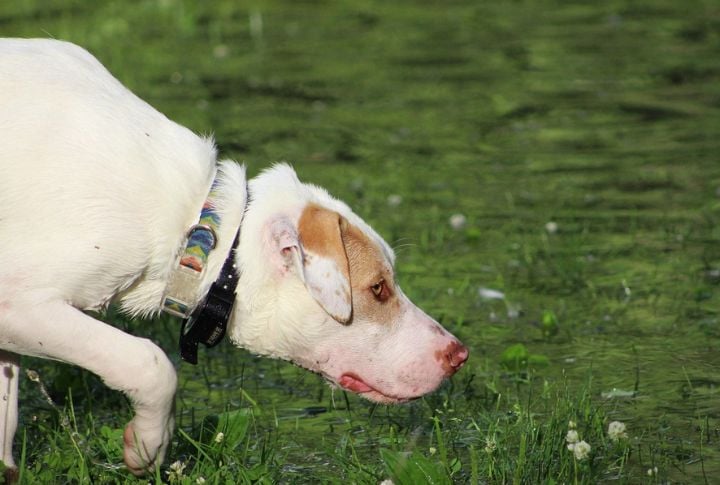
Dogs have close to 300 million scent receptors in their noses, while we’re stuck with approximately six million. With this incredible sense, dogs detect incredibly faint odors, track layered scent trails, and identify changes in smell we can’t even register.
Their Brains Know Exactly What That Smell Is
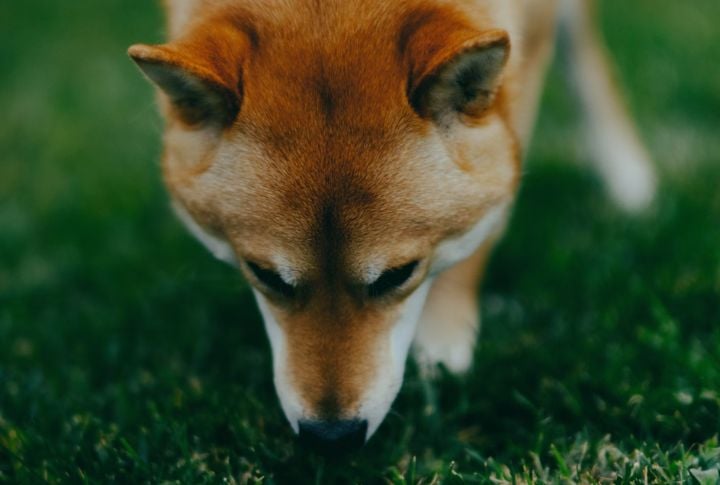
The area of a dog’s brain that processes smell is 40 times larger than the same part of a human brain. Shocking, right? This means your dog doesn’t just detect smells but knows how to break them down fast and react with precision.
That Nose Isn’t Just Cute—It’s Engineered

A dog’s nose sends air down two separate paths—one for scent analysis and one for breathing. Meaning? They’re taking in oxygen and decoding smell data in parallel every second they’re awake. That setup allows constant sniffing without interruption.
They’ve Got A Bonus Sniffer You’ve Never Heard Of
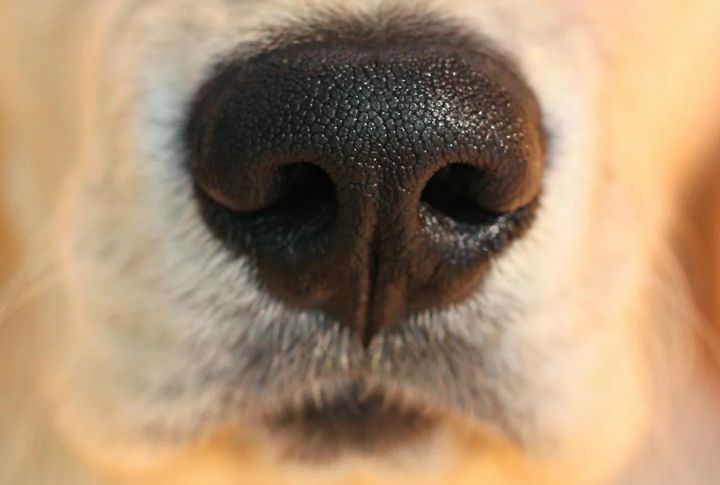
Your dog has a vomeronasal organ inside its snout that picks up pheromones. This second scent system is tuned to chemical messages related to mating, identity, and territory—stuff humans completely miss but dogs don’t overlook.
That Wet Nose Has A Cool Job
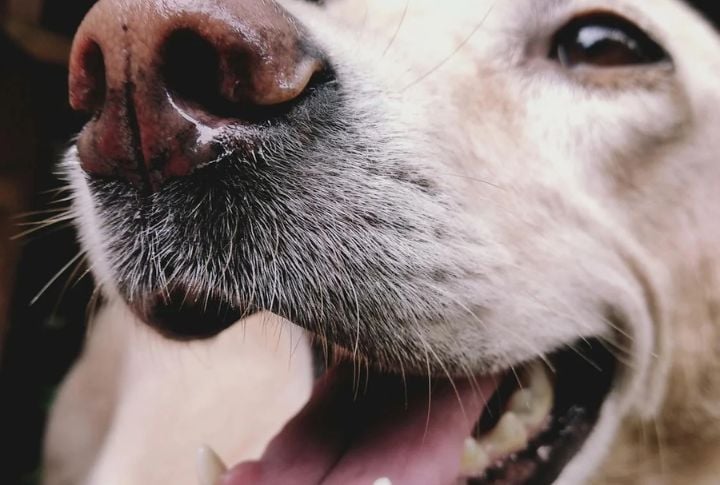
A dog’s moist nose helps collect scent particles from the air. It also detects the direction of airflow. Together, the moisture and cold-sensitive skin allow a dog to identify where smells are coming from more easily.
There’s A Good Reason They Hear What You Can’t
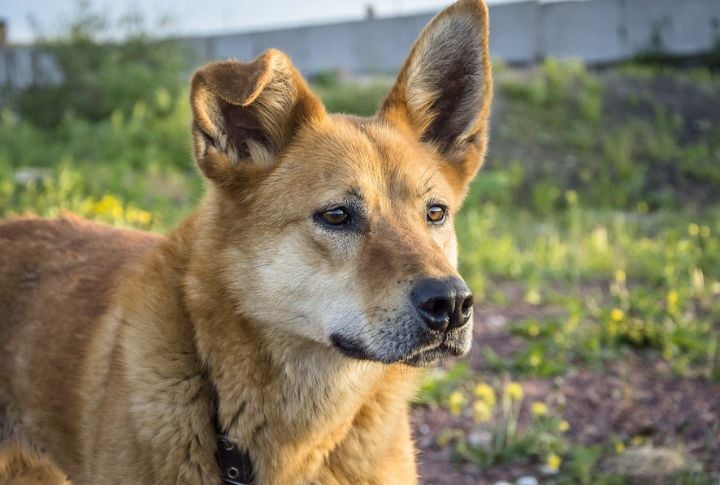
Dogs hear frequencies up to 60,000 Hz—far beyond our limit of 20,000 Hz. This allows them to pick up high-pitched sounds we tend to miss: squeaks, buzzes, and ultrasonic signals used in dog training tools and whistles.
The Structure Of Their Nose Has A Purpose

The shape and size of a dog’s nose play into scent power. Long-nosed breeds like Bloodhounds tend to outperform flat-faced dogs like Pugs when it comes to tracking. Bigger dogs also typically have a stronger sense of smell.
Those Ears Are Secretly High-Tech

At least 18 muscles control a dog’s ears. These allow precise movements—raising, angling, swiveling, and tilting in any direction. Such flexibility lets your pup locate sound sources without needing to move its head or body.
They Smell In Stereo

Each nostril pulls in slightly different scent data, helping dogs determine exactly where a smell is coming from. Their brain compares both sides to pinpoint direction, which makes their tracking abilities incredibly precise. Humans can never replicate that.
Your Pup Sees In The Dark Like A Ninja

It’s tough for us to walk in low light, but dogs see well in the dark due to more rod cells in their eyes. They also have a reflective eye layer, the tapetum lucidum. It bounces light back through the retina to improve night vision.
Sniff In, Sniff Out—At the Same Time

Dogs don’t alternate between inhaling and exhaling while sniffing. Their nasal system allows them to breathe in and out at once. This keeps a steady flow of air moving through their scent-detection network without anything cutting in.
They Know You’re Coming Before You Enter The House
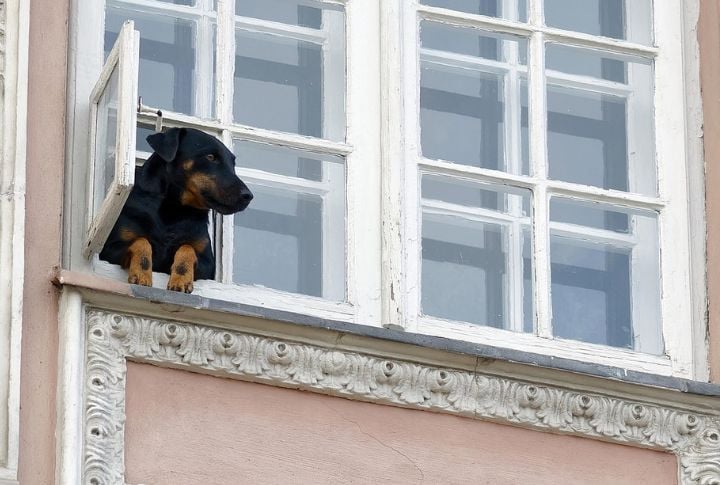
Their ears catch distance like radar. Your dog can hear sounds up to four times farther away than humans can. That includes a car door closing at the end of the block, a whistle from several houses away, or a gate latch clicking down the road.
Your Dog Can Smell Time
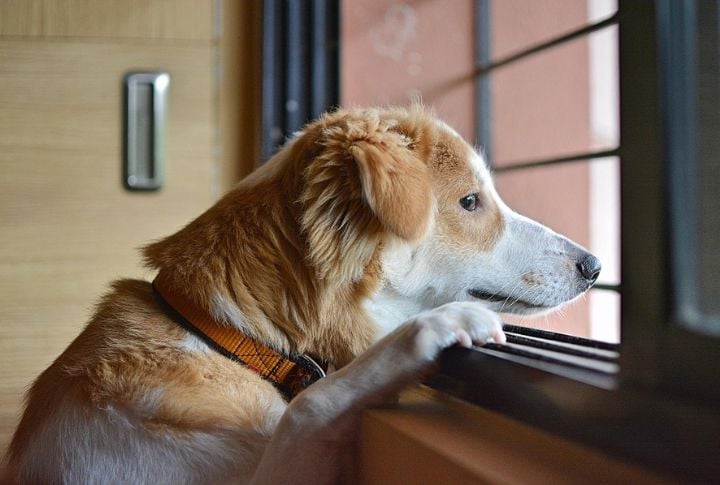
They detect how smells change as time passes. Odors fade, get mixed up, or disperse—and they pick up on that. By sensing these patterns, dogs can tell how long ago something happened or in which direction it went.
But Don’t Count On Them To Spot A Rainbow

Did you know dogs don’t see the full-color spectrum as we do? Their vision is primarily limited to shades of blue and yellow, with less detail and more blur. Their eyesight is estimated to be around 20/75 to 20/80 on the human vision scale.






